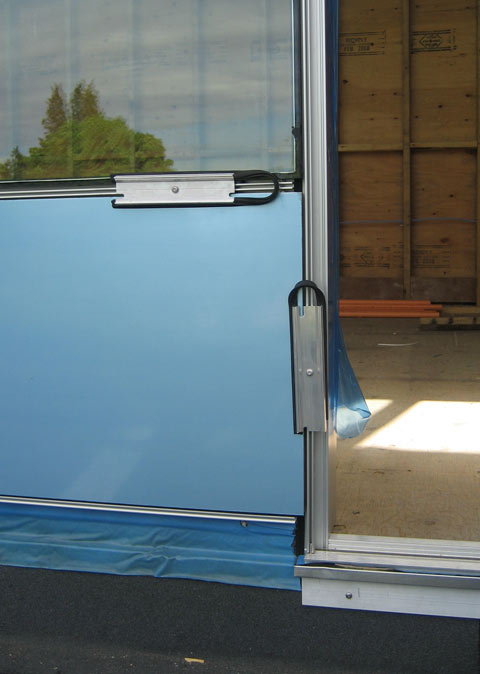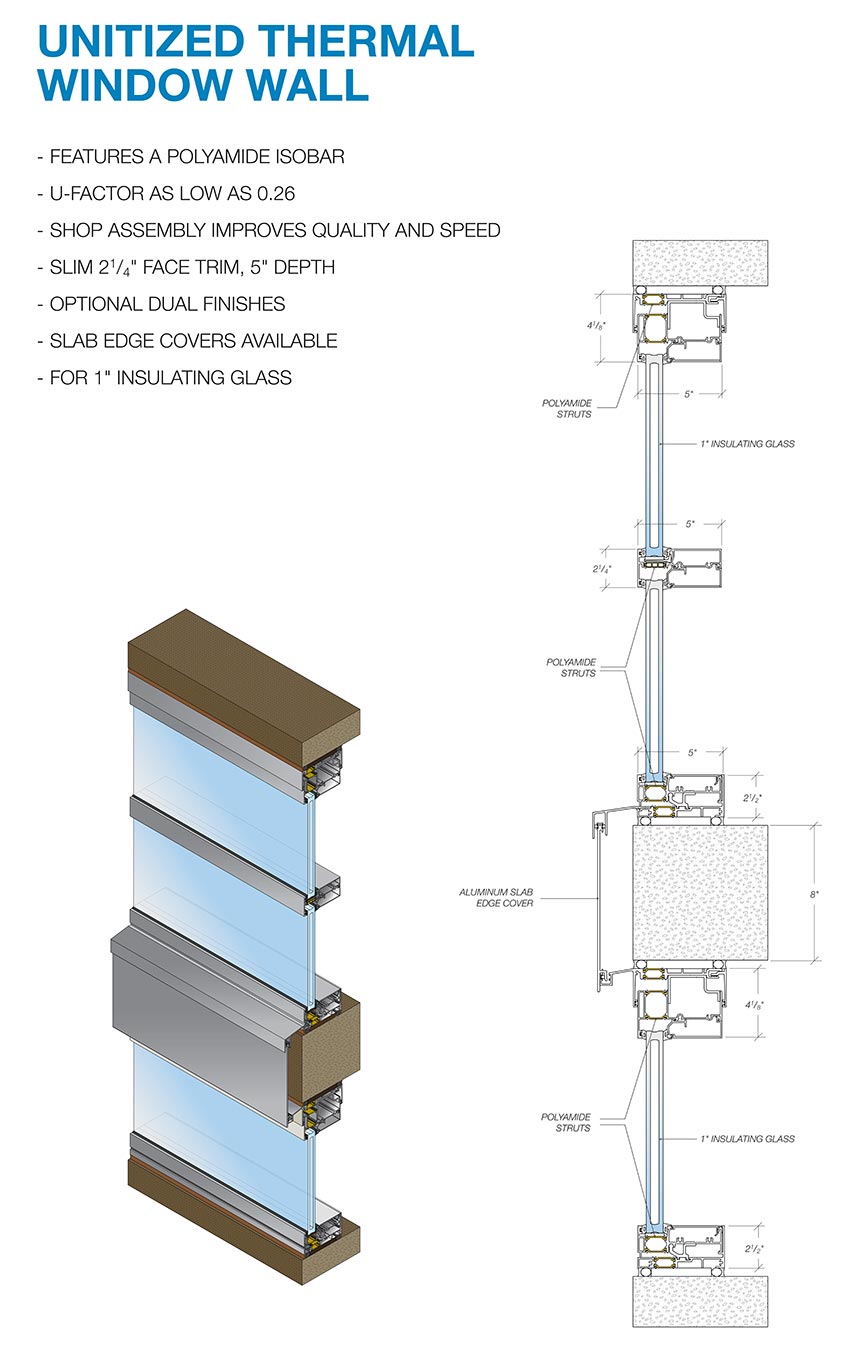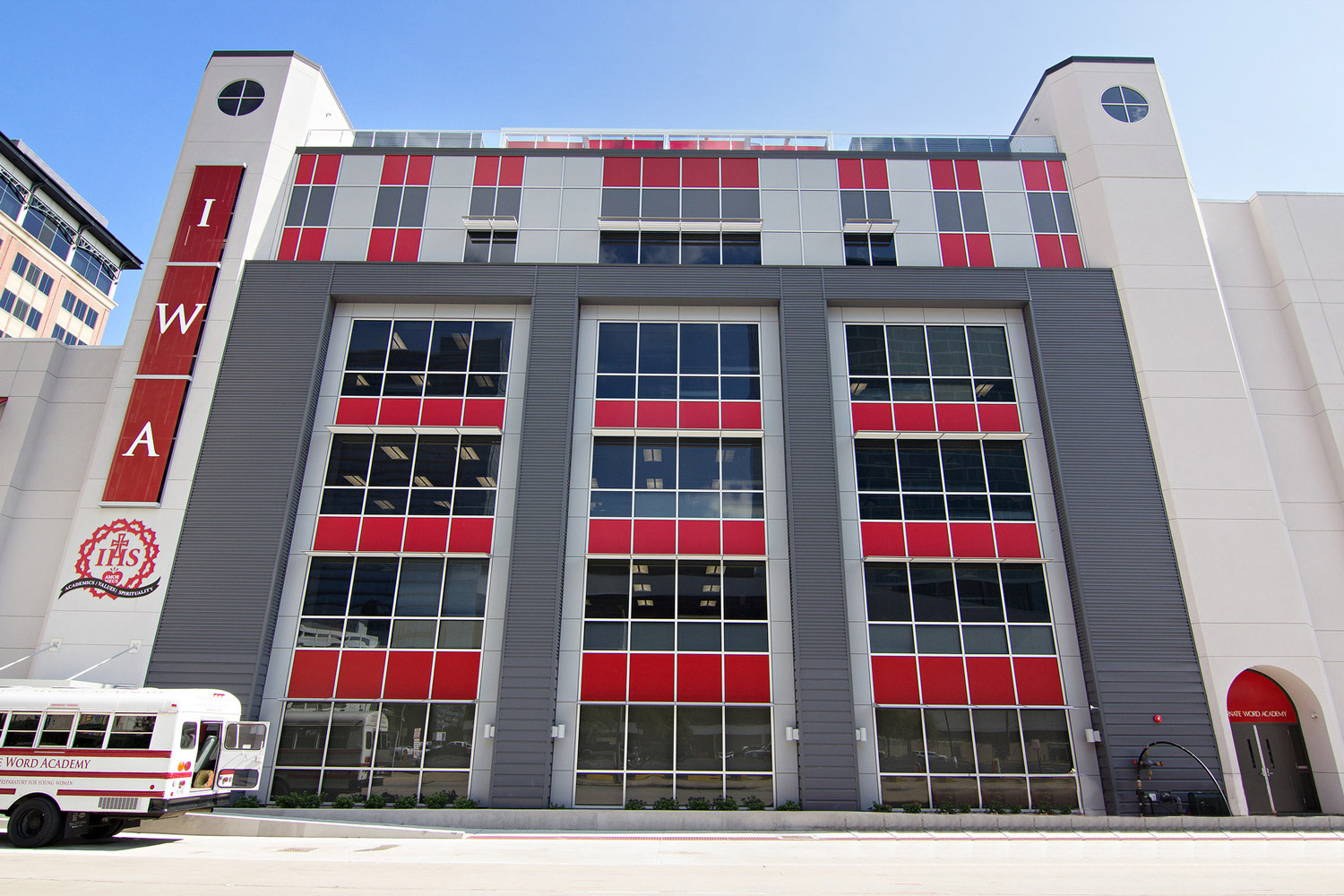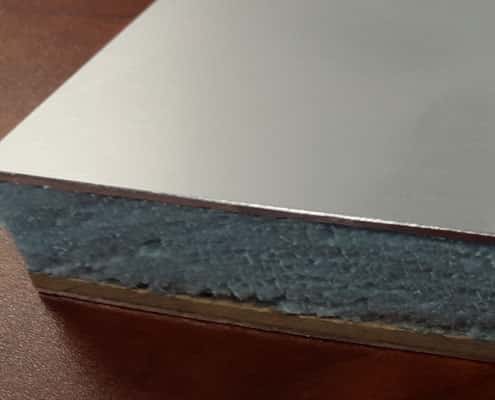The Basic Principles Of Glazing Panel
Table of ContentsFacts About Glazed Glass Panels UncoveredThe Basic Principles Of Glazed Spandrel Panel The Facts About Glazed Glass Panels Revealed
Drape walls can be categorized by their technique of fabrication and installation into the following general classifications: and. large glazing panels. In the stick system, the drape wall frame (mullions) and glass or nontransparent panels are installed and linked together piece by piece. In the unitized system, the curtain wall is made up of large systems that are assembled and glazed in the factory, shipped to the website and erected on the structure.
Interior glazed systems permit glass or nontransparent panel setup into the curtain wall openings from the interior of the structure. Details are not attended to interior glazed systems due to the fact that air seepage is an interest in interior glazed systems. Interior glazed systems are typically defined for applications with minimal interior blockages to allow adequate access to the interior of the curtain wall.

For high-rise building interior glazing is often used due to access and logistics of changing glass from a swing phase (glazing panel). In exterior glazed systems, glass and nontransparent panels are set up from the exterior of the curtain wall. Outside glazed systems need swing phase or scaffolding access to the exterior of the curtain wall for repair work or replacement.
Normal nontransparent panels consist of opacified spandrel glass, metal panels, thin stone, and other materials, such as terra cotta or FRP (fiber-reinforced plastic). Vision glass is mainly insulating glass and may have one or both lites laminated (see Glazing), usually repaired but often glazed into operable window frames that are included into the drape wall framing - glazing infill panels.
The spandrel glass can be made nontransparent through using opacifiers (film/paint or ceramic frit) applied on an unexposed surface area or through "shadow box" building and construction, i. e., providing an enclosed area behind clear spandrel glass. Shadow box building creates an understanding of depth behind the spandrel glass that is sometimes desired.
Unknown Facts About Large Glazing Panels
Thin stone panels are most frequently granite. White marble need to not be utilized due to its susceptibility to deformation due to hysteresis (thin stone is not covered in this chapter). The curtain wall frequently consists of one part of a building's wall system. Careful integration with adjacent components such as other wall claddings, roofs, and base of wall details is required for an effective setup.




Weeping of water is just a secondary function. Keep in mind that the most convenient way to recognize a pressure-equalized rain screen system is yo note that the that glazing pocket around each individual unit of glass is separated air tight from nearby systems, a lot of undoubtedly with plugs or seals at the gaps between screw splines at mullion crossways.
Some aluminum drape wall systems are still created as face-sealed barrier walls. They depend upon continuous and ideal seals in between the glass units and the frame and between all frame members to perform. The long-term reliability of such seals is incredibly suspect and such systems must be avoided. Total curtain wall thermal efficiency is a function of the glazing infill panel, the frame, building behind nontransparent (spandrel and column cover) locations, and the border information.
Top Guidelines Of Glazing Panel
g. thermal break). Aluminum has a really high thermal conductivity. It is common practice to incorporate thermal breaks of low conductivity products, generally PVC, Neoprene rubber, polyurethane and more recently polyester-reinforced nylon, for enhanced thermal efficiency. Some "poured and debridged" polyurethane thermal breaks shrink and stress forms in the thermal break when the exterior aluminum moves differently from the interior aluminum due to temperature distinctions.

These systems regularly consist of gaskets that are placed between the pressure bar and mullions and function as thermal breaks and assist with acoustic seclusion. These systems require unique care in style and construction to make sure connection of the gaskets at horizontal and vertical shifts. Gaskets are likewise used to cushion the glass on the exterior and interior faces of the glass.
There is typically a gap in the gasket at the corners after shrinkage occurs. With an appropriately created system the water that goes into the system at the gasket corners will weep out through the snap cover weep holes. To alleviate shrinkage of gaskets back from the corners the use of vulcanized corners and diagonally cut splices are suggested.